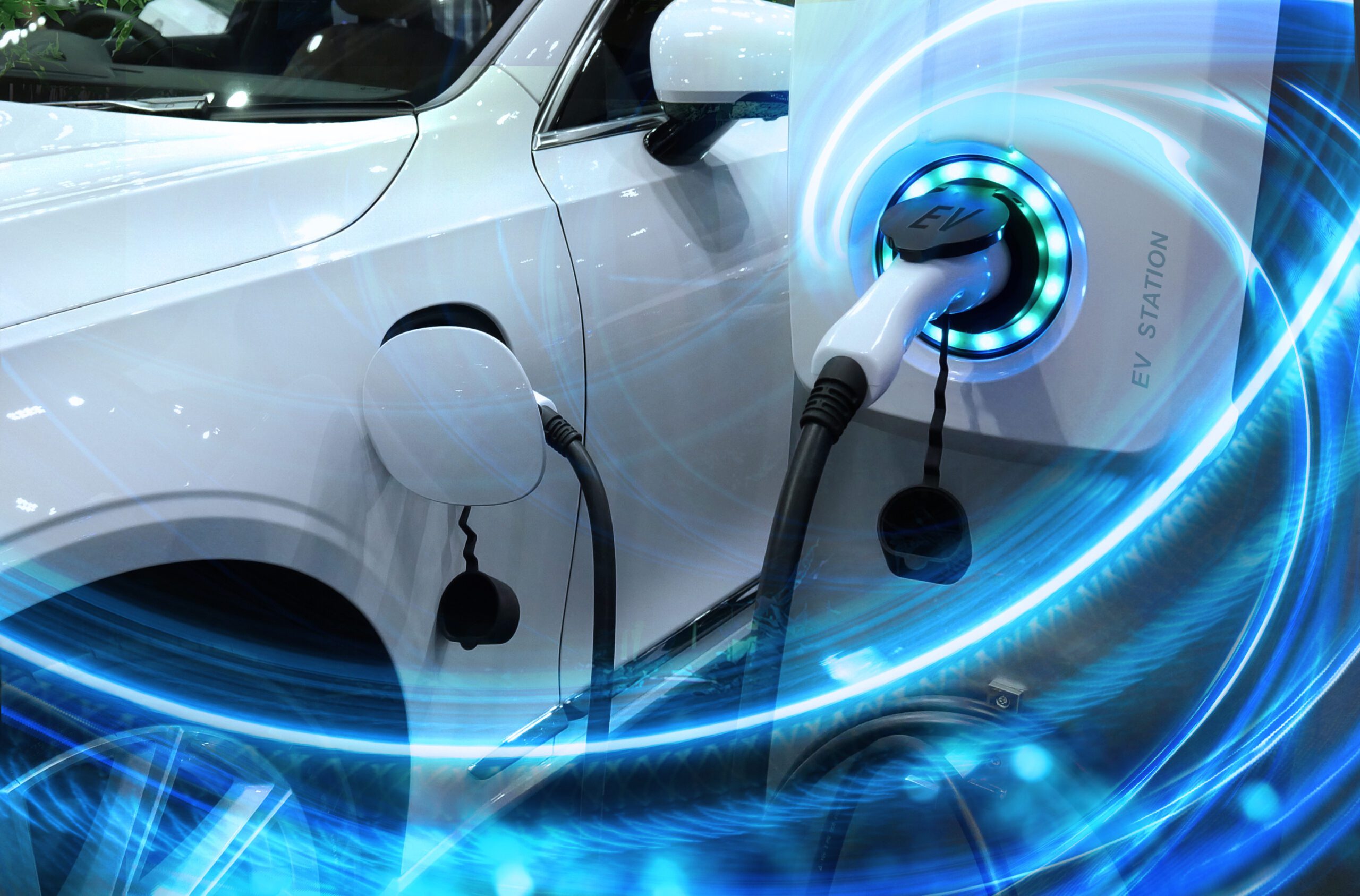The UK's Ambitious Road to Zero Emissions
The UK government has set a bold target: by 2030, the sale of new petrol and diesel cars will be phased out, with all new cars and vans required to be zero emission by 2035. This Zero Emission Vehicle (ZEV) mandate is a cornerstone of the UK’s strategy to achieve net-zero carbon emissions by 2050. While the mandate aims to drive the transition to electric vehicles (EVs), questions remain about whether the UK is on track to meet these ambitious goals.
Progress and Challenges in EV Adoption
As of May 2025, over 1.5 million fully electric cars are on UK roads, representing approximately 4.5% of the total car population. In the same month, EVs accounted for 21.8% of new car registrations, a 25% year-on-year increase. Despite this growth, the market share falls short of the 28% target set by the ZEV mandate for 2025. Factors such as supply chain constraints, limited charging infrastructure, and consumer hesitancy contribute to the slower-than-expected adoption rate.
The Real-World Benefits of Electric Vehicles
- Lower running costs – Charging at home is typically far cheaper than refuelling at the pump
- Reduced maintenance – Fewer moving parts mean less servicing and no oil changes
- Modern design – Sleek, tech-forward interiors with advanced digital displays
- Automatic gearbox – Smooth and simple driving experience without gear changes
- Quiet performance – EVs offer a near-silent ride for enhanced comfort
The Cost Barrier: Are EVs Only for the Wealthy?

Government Initiatives and Industry Response
Navigating the Road Ahead
The UK’s journey towards meeting its 2030 ZEV mandate is marked by significant progress and notable challenges. While EV adoption is on the rise, achieving the set targets will require concerted efforts from the government, industry, and consumers. Addressing cost barriers, expanding charging infrastructure, and maintaining supportive policies are crucial steps in ensuring a successful transition to a zero-emission future.






